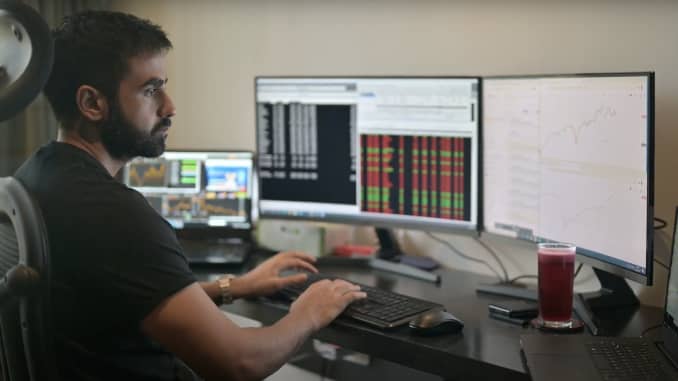How Hydrogen Could Power The Ultimate Battery
Hydrogen as a fuel of the future is the talk of the town in energy markets. Pros and cons of green versus blue hydrogen, capacity building plans, new production technologies, you name it, researchers are working on it.
Hydrogen can be used as a fuel in fuel cell vehicles—still very expensive—and for heating—blended with natural gas. One other thing it can be used for is renewable energy storage.
Earlier this week, the Sydney Morning Herald reported on a company, LAVO, that had developed what is essentially a hydrogen battery that can take in electricity produced by solar panels and store it in the form of hydrogen, to be released on demand.
The battery, the size of a fridge, contains an electrolyzer that breaks water down into hydrogen and oxygen. The hydrogen is then stored in a set of canisters full of hydride—a fibrous metal alloy. The battery can be connected to a solar panel array, store the excess electricity it produces as hydrogen and then release the hydrogen to act as a battery and power various devices.
Developed in partnership with the University of New South Wales, the battery can power a household for two to three days on a single charge, the Sydney Morning Herald’s Nick O’Malley noted. It is also more durable than lithium-ion household battery packs, with its lifespan at 20 years, according to the chief executive of the developer company, Alan Yu.
This Australian battery costs more than $30,000, but there are already early buyers attracted by the convenience and probably the reliability of the installation, whose risk of hydrogen combustion is eliminated by the solid-state hydride.
This is just one example of how hydrogen can be leveraged for energy storage, in a way shooting two birds with one stone. On the one hand, hydrogen is, depending on the method of production, a relatively cheap storage option compared to battery arrays costing hundreds of millions of dollars. On the other, here is one good use that hydrogen can be put to without the need for any major technological breakthroughs.
The hydrogen is produced from excess electricity generated by solar or wind farms, stored in underground caverns or repurposed pipelines, and when the grid needs more electricity, it is fed into power plants to power their turbines and produce the necessary difference.
“As gas turbines are inherently fuel-flexible, they can be configured to operate on green hydrogen or similar fuels as a new unit, or be upgraded even after extended service on traditional fuels, i.e., natural gas,” according to GE, which is one of the companies working on integrating more hydrogen into their operations. The company adds this would come at a cost, but the cost would depend on the initial configuration of the turbine.
So, a picture emerges of a future world in which every household has its own solar farm and a battery pack that may be lithium-ion if the tech advances sufficiently, or it could be hydrogen. When the sun shines, the battery will absorb the electricity the household does not use and then release it when it’s night or when the sky is overcast.
If this picture looks too good to be true, it’s because it is, for now. Green hydrogen is an expensive source of energy, and efficiency rates during its conversion back to water are not the best ones, either, which adds to the cost. According to Green Tech Media, the efficiency rate of converting water to hydrogen and oxygen using electrolysis and then back to electricity has an efficiency rate of just 35 percent. Batteries, in comparison, have an efficiency rate of 95 percent.
But then there are products like the Australian battery developed by LAVO and the University of New South Wales. While its price tag is considerable, there is the option of sharing the hydrogen canisters, so if one buys the installations, they can then rent out the canisters.
This is a great solution at a household or small community level. Yet some governments, notably the EU, have much bigger plans for hydrogen and it is these plans that could run into the ground because of the steep cost of green hydrogen. As Rystad Energy said in a recent report, “good ingredients, bad cocktail.”
The consultancy looked specifically at the costs of producing green hydrogen using electricity from offshore wind farms, but solar is not much different because the costs of producing green hydrogen do not just include the costs of the electricity source—wind turbines or solar panels—but also the electrolyzer where water is actually turned into hydrogen and oxygen. Large electrolyzers are expensive equipment, so barring a breakthrough, green hydrogen will continue to be a lot more expensive than the hydrogen produced from natural gas.
Yet developments on the household and community level should not be underestimated. They represent small steps forward on a very long road towards energy transition, but they might turn out to be a lot more meaningful than, say, the EU’s plans to build 40 GW of green hydrogen capacity. Even if the costs of producing green hydrogen fall by 50 percent by 2050, as predicted by the International Council on Clean Transportation, they would be higher than the current prices of grey and blue hydrogen.
By Irina Slav for Oilprice.com

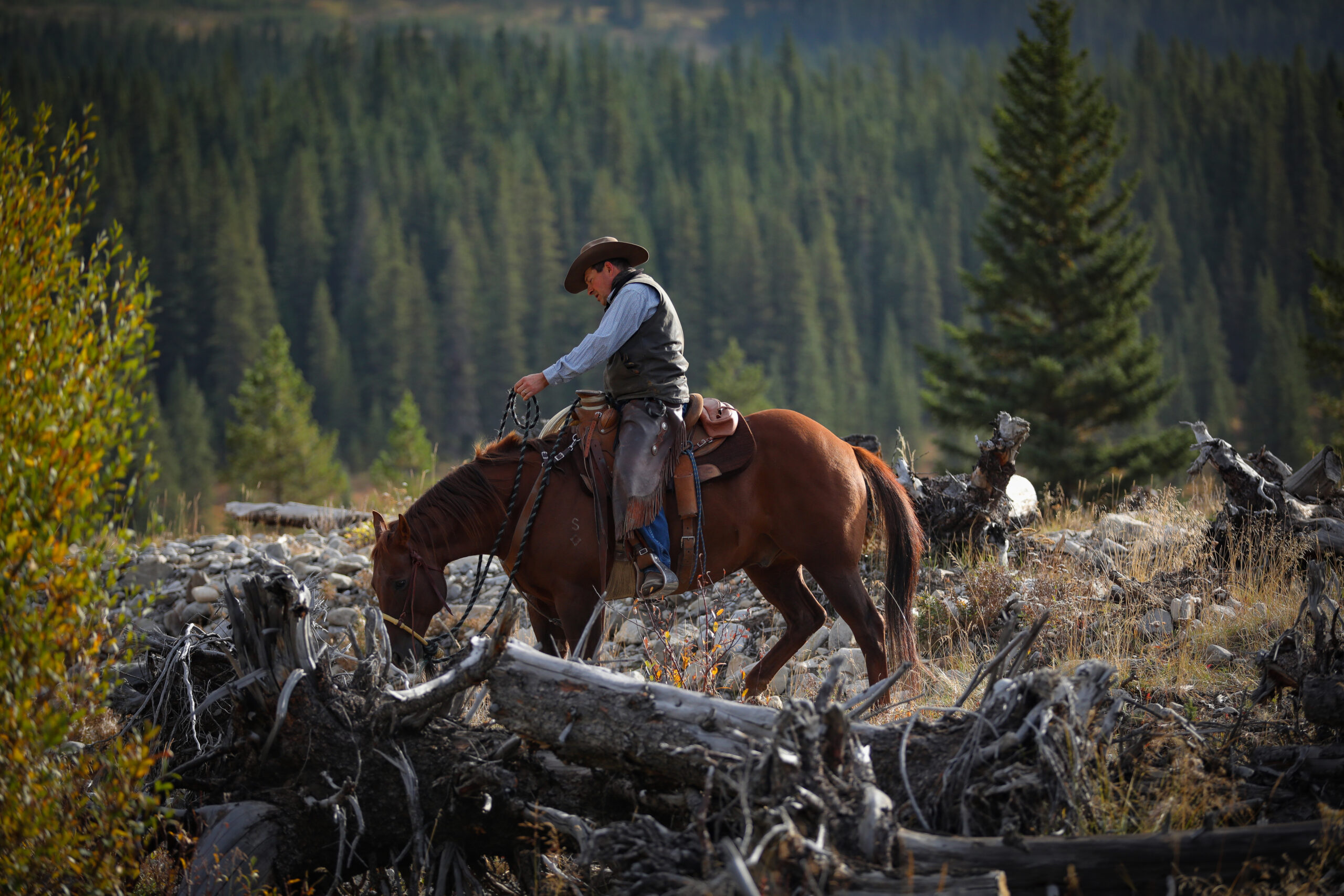
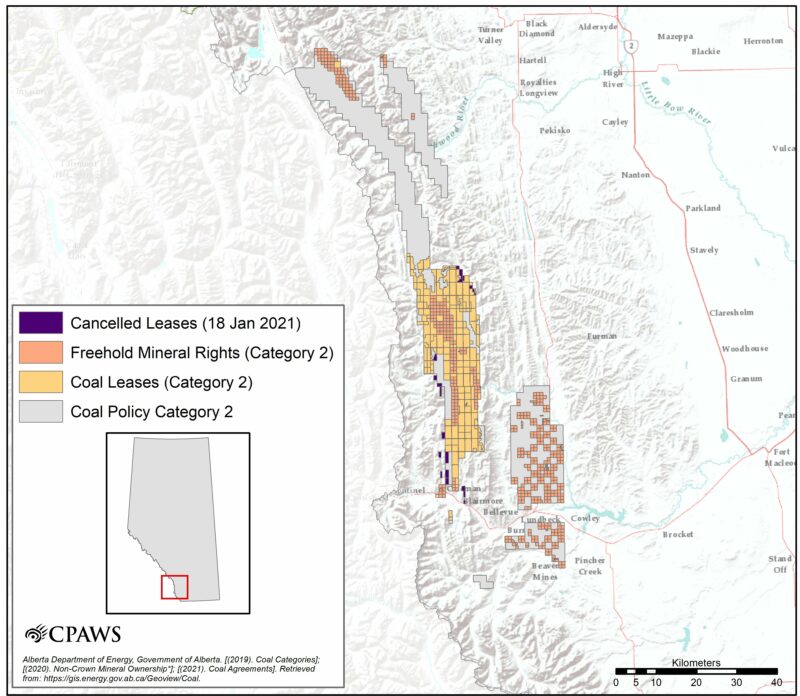
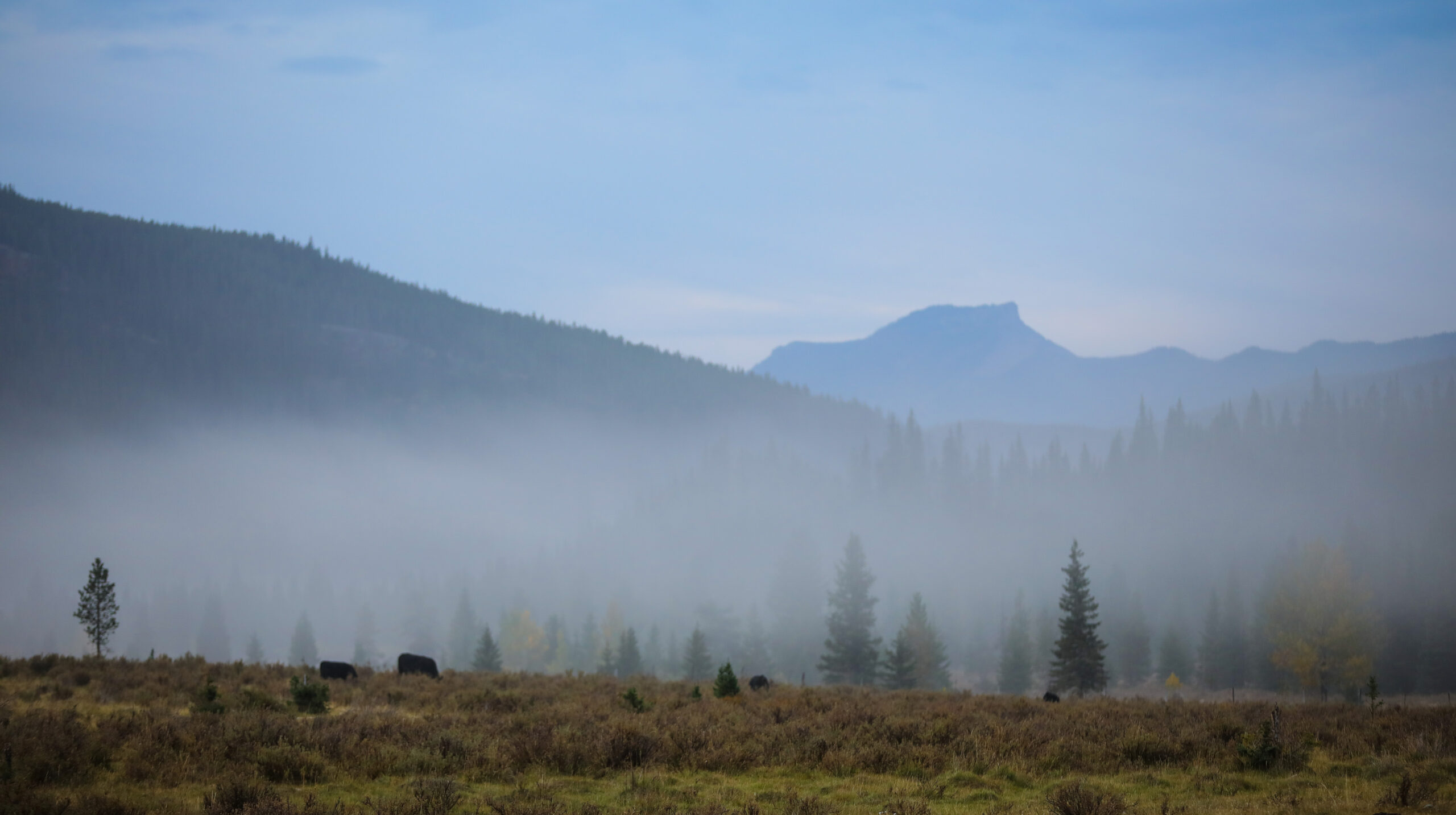
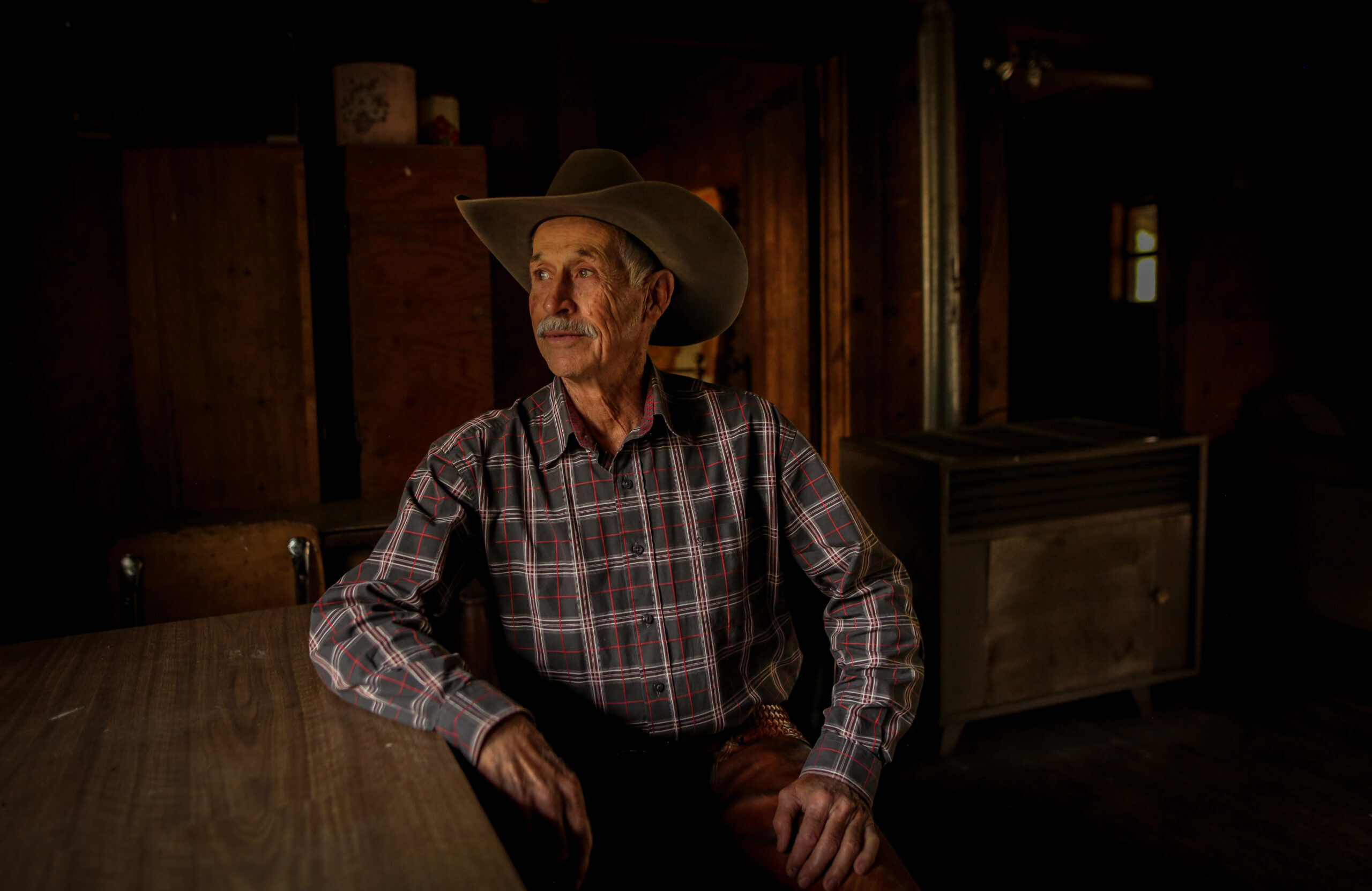



.jpg)





